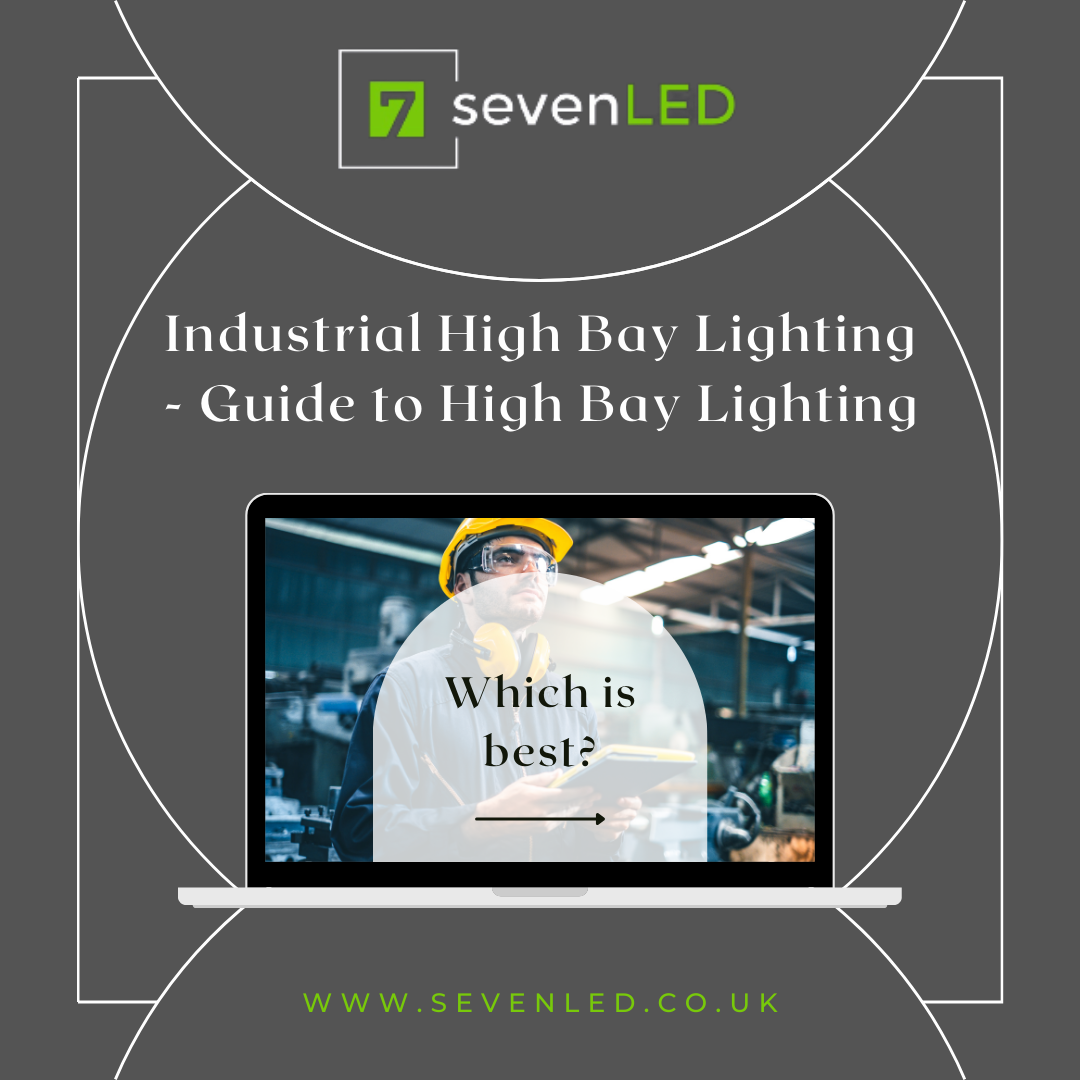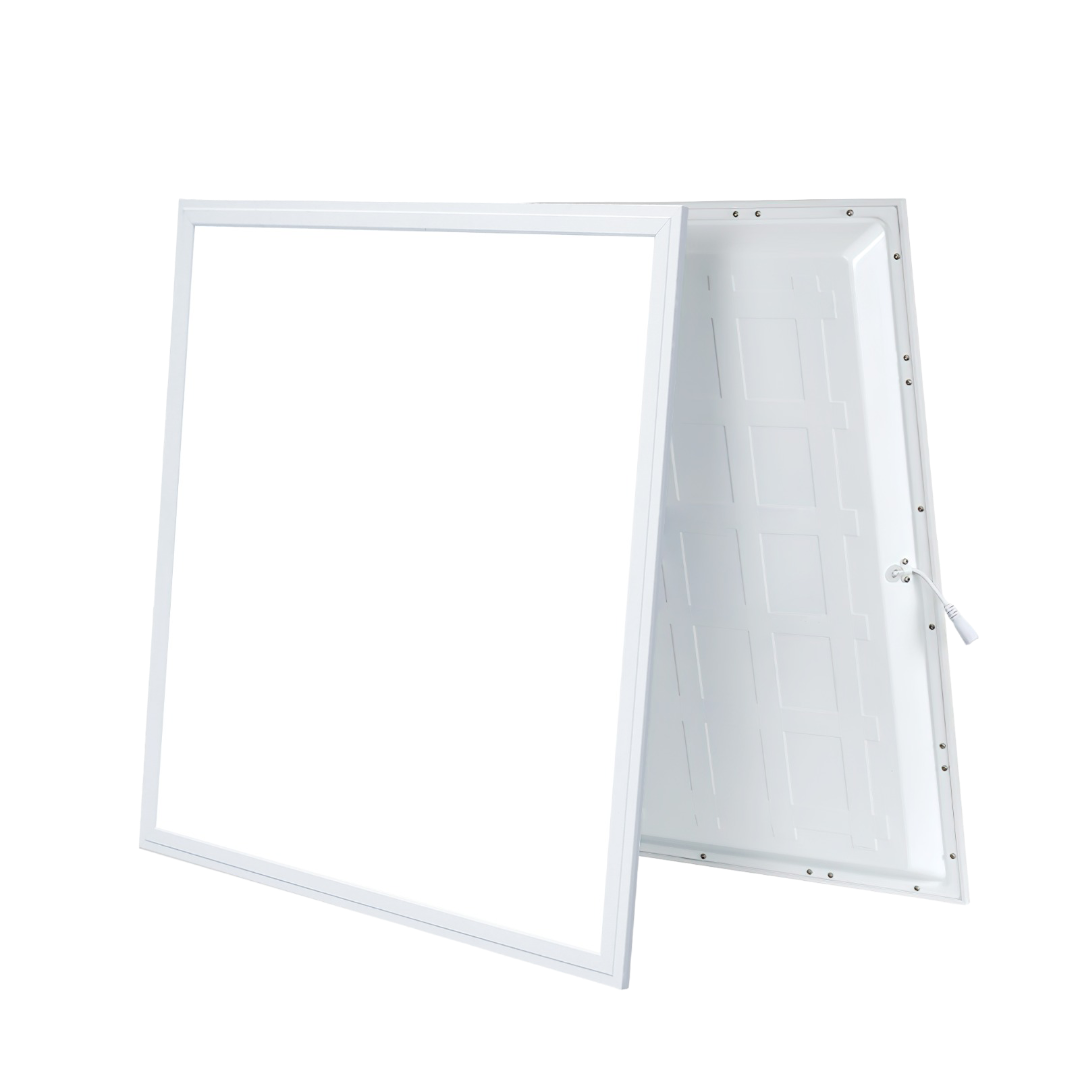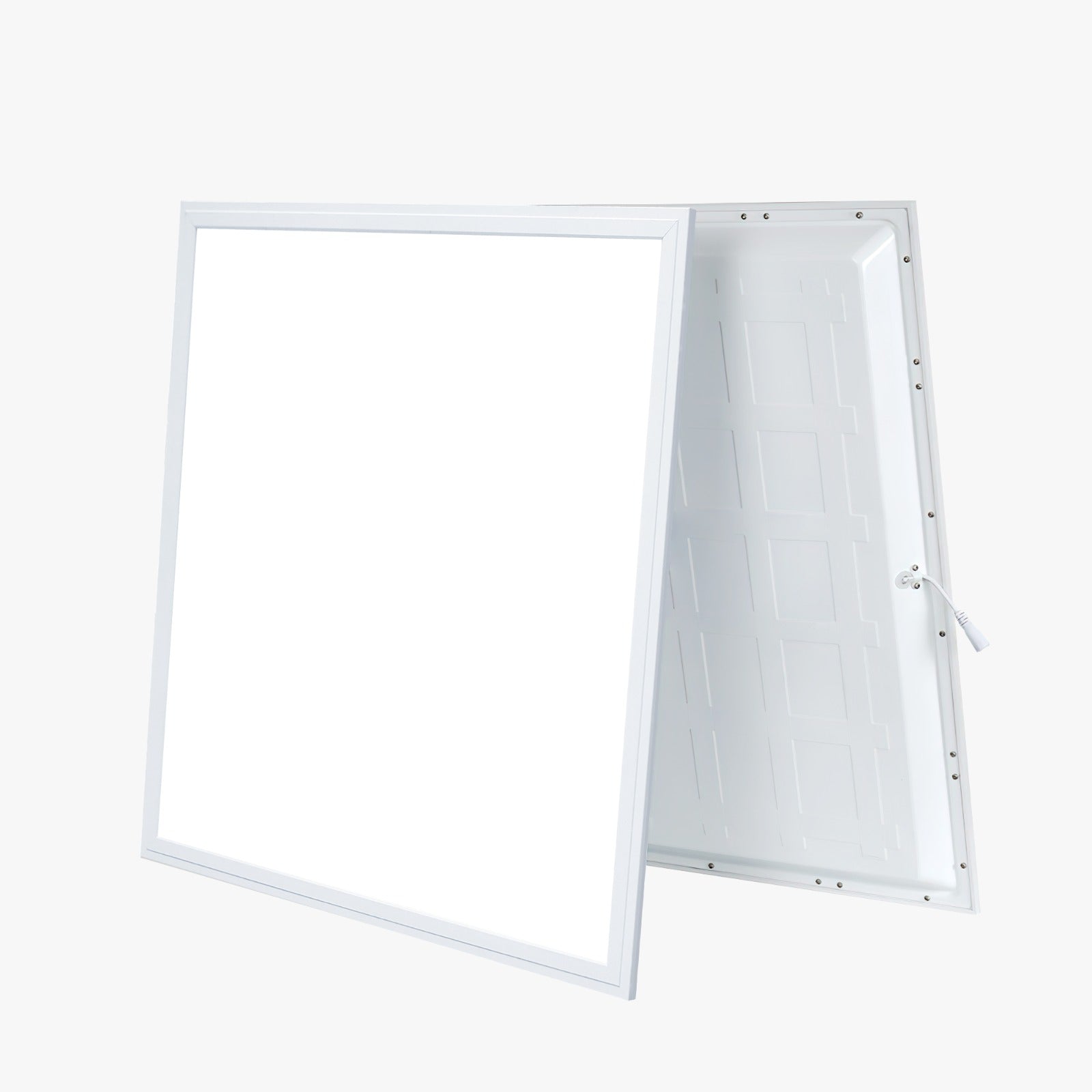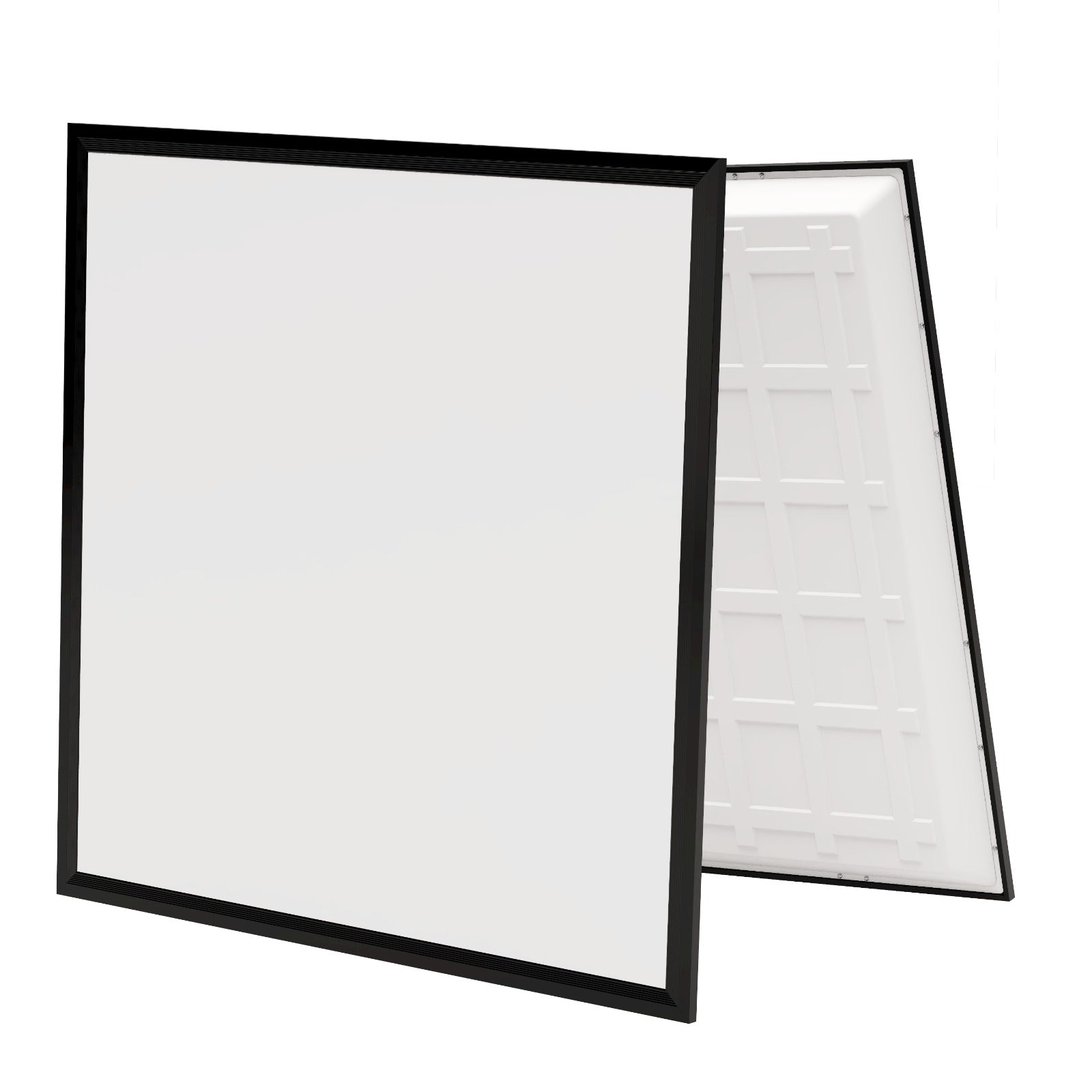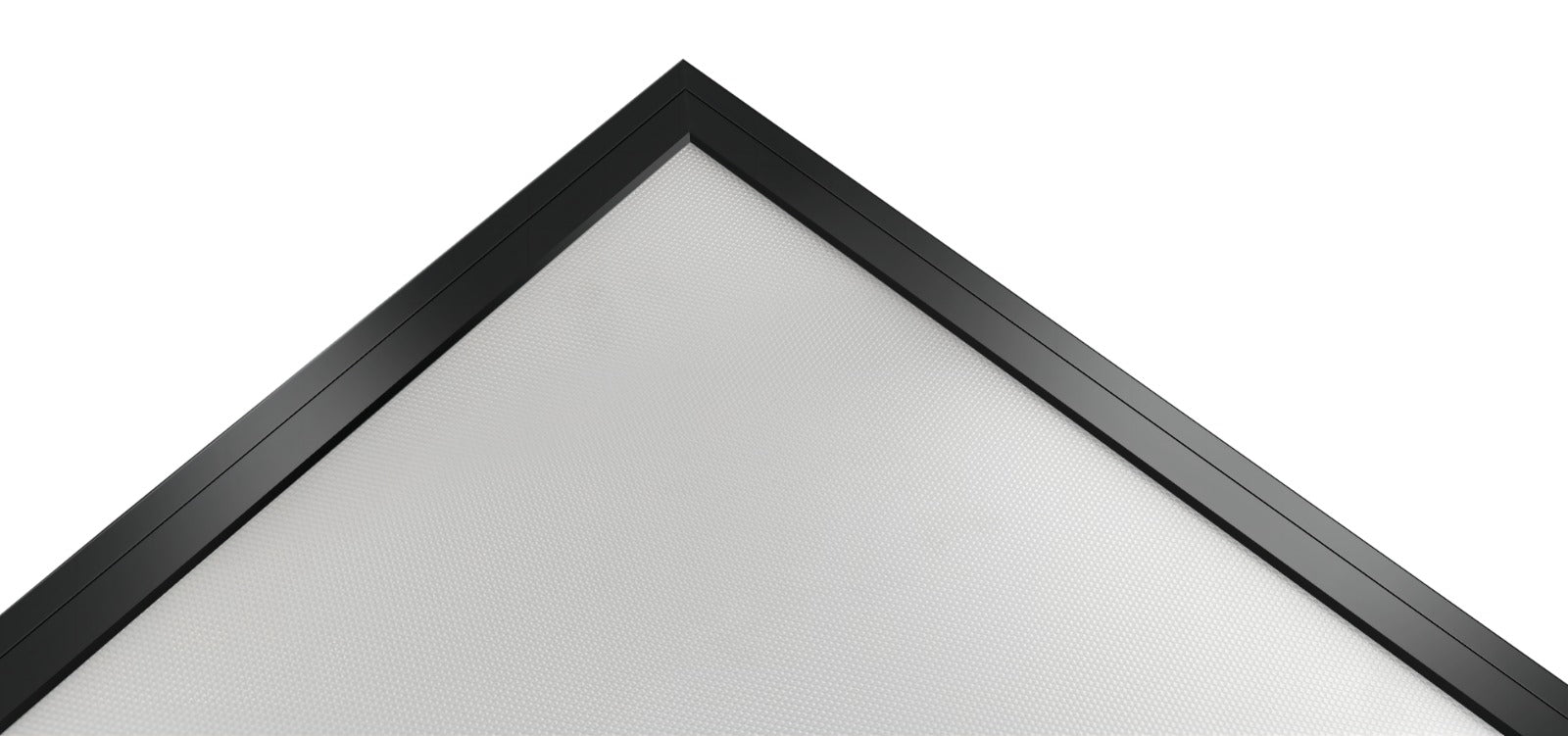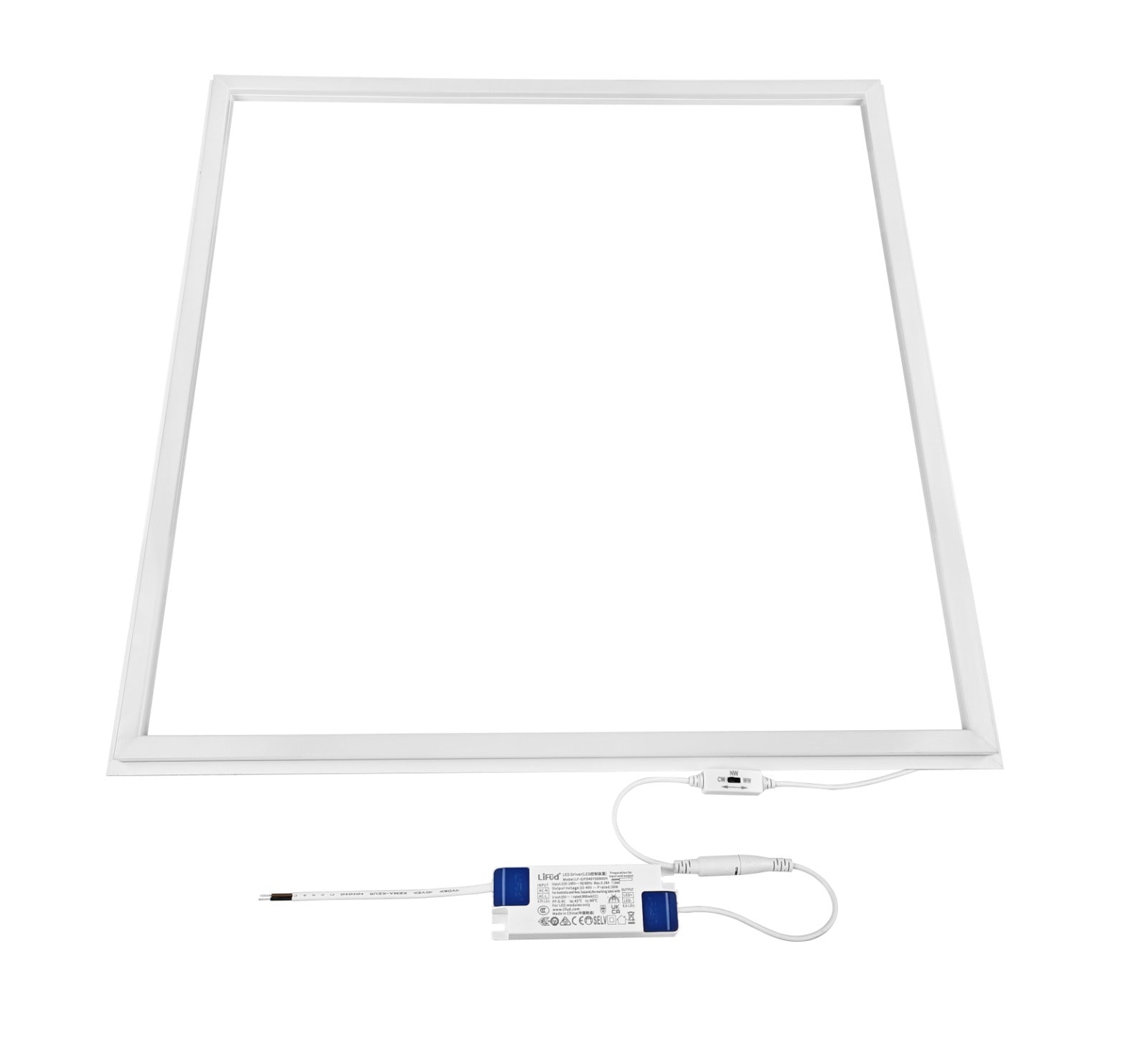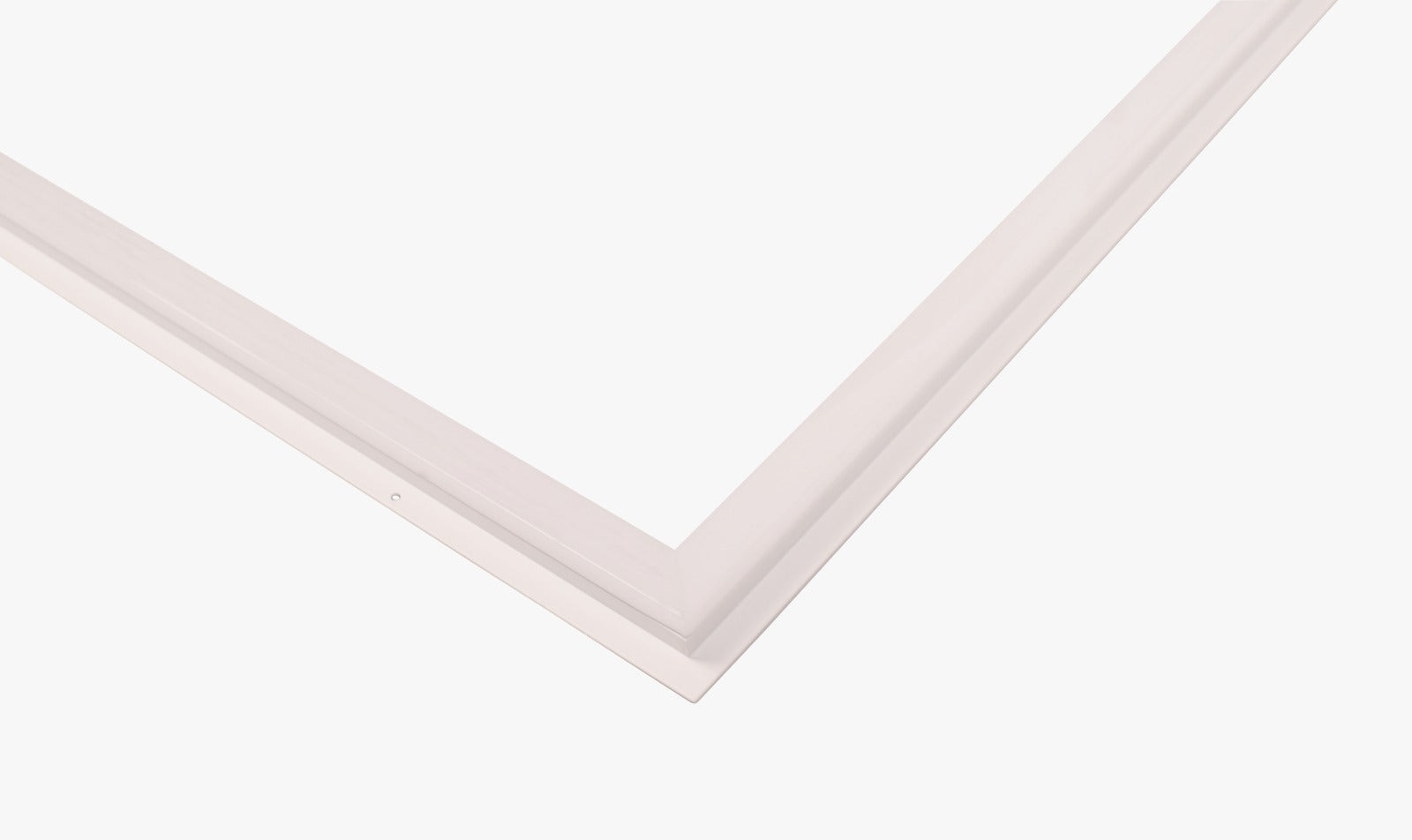Part1: Introduction to Industrial High Bay Lighting - Guide to High Bay Lighting
When it comes to industrial environments, every detail counts and lighting plays a vital role in keeping things efficient and running smoothly.
The go to option for industrial LED lighting, where the ceiling height allows it, is LED High Bay lights. In this post we will discuss the options available and considerations to take into account when deciding which high bay is best. From understanding how much light you need (measured in lumens) to suitable mounting heights for the units, and how much power is used.
Part 2: Lumens, Lux Levels and Lumens per Watt
We measure light output in lumens, and how well an area is lit by its lux level, and the efficiency of a lighting unit in lumens per watt.
Lumens quantify the total amount of visible light emitted by the light source. For example a 150W LED High Bay can give off 27000 lumens. Depending on the positioning of the light fitting, and how many lumens given by the light source, we can determine the lux level of the area we are lighting.
Lumens per watt (lm/w) gives us the efficiency of the light fitting. A 150W UFO High Bay Light, that gives 27000 lumens, would have an efficiency of 180 lumens per watt. Naturally the higher the lumen per watt, the more efficient and therefore cost effective in terms of running cost the unit.
Some example recommended lux levels for different industrial areas are:
- Warehouses: 150 to 300 lux for general storage areas and aisles, and for task-intensive areas such as packing stations up to 500 lux.
- Manufacturing Plants: Assembly lines and detailed workstations would benefit from between 300 and 750 lux, which helps with precision and safety.
- Loading Docks: Between 150 5o 300 lux is crucial for safe loading and unloading.
A higher lumen per watt unit, giving more lumens per watt will achieve these lux levels using less power, reducing energy costs and helping towards any green targets.
Part 3: Height Requirements for High Bay LED Lighting
The height at which the LED High Bay is installed will play a factor in lux levels on the surface you are lighting, light distribution across the surface, glare reduction and overall effectiveness in illuminating the area.
The minimum height we would recommend installing the light measured from the surface you are illuminating is from 15 feet, or 4.5m. This helps to:
- Provide a Uniform Light Distribution, this will reduce dark spots, and keep lighting levels even across the area
- Reduce Glare: High bay lights installed at the right height and position will help to reduce glare, creating a comfortable working environment. Excessive glare can lead to eye strain and reduced productivity.
- Improve Energy Efficiency: correct height placement of the fitting maximizes the efficiency of the install. Lighting the area as effectively as possible will reduce the number of fittings needed, which lowers power consumption and energy bills.
Part 4: How much Energy Does a High Bay Light use?
The power consumption of an LED High Bay is measured in watts, and directly impacts energy usage and operational costs. Compared with traditional lighting solutions such as metal halides, son lamps or fluorescent lamps, LED High Bays boast impressive energy efficiency results, which comes with significant energy cost savings.
Switching to LED High Bays will reduce your environmental footprint, lower your energy bills and save on maintenance costs.
In terms of power used, an LED High Bay will typically use between 100 to 200 watts, whereas a comparable metal halide fixture would consume around 400 watts or more to produce the same light output.
This efficiency comes from the advanced technology and design of the LED lighting fixture. LEDs (Light Emitting Diodes) convert a higher percentage of the energy into visible light, minimizing wasted energy lost through heat generation. Which is why older lighting technologies can feel hot when in use.
By choosing LED high bay lighting, businesses can benefit from:
- Energy Savings: Lower power needed to produce the same or more light means lower electricity costs and long-term cost savings
- Environmental Sustainability: Lower energy usage helps lower your carbon footprint and helps with sustainability targets
- Improved Performance: LED UFO High Bays offer superior brightness, durability and reliability to traditional lighting options
Part 5: Choosing the right LED High Bay Light
Choosing the right LED High Bay for your environment, is similar to using the right tools for a precise job, requiring care consideration, attention to detail and understanding the lighting requirements and how to achieve them:
- Lumens and Lux Levels: We can start by considering the lighting levels required for the environment, or required lux levels for the specific industrial environment. Looking to ensure you meet the required lux level without over-lighting or causing glare, creating a comfortable and productive environment.
- Height and Coverage: Take into account the height of your ceiling, and mounting height of the lighting fixtures, as well as the beam angle of the luminaires. Optimal height placement ensures uniform light distribution and minimizes dark spots, enhancing coverage efficiency.
- Colour Temperature and CRI: The colour temperature and Colour Rendering Index (CRI) will help achieve the desired lighting ambiance and accurate colour representation. Cool white (4000K) is suitable for general task lighting, daylight white (5000K to 6000K) is ideal for high visibility areas. Generally a minimum CRI of greater than 80 is expected of an LED High Bay light.
- Energy Efficiency: A higher lumen per watt will be more efficient, and will therefore maximise energy savings and reduce operational costs.
- Durability and Reliability: Especially in demanding industrial environments, reliable lighting is essential to maximising productivity, and any down time due to health and safety concerns can prove costly. IP65 rated fixtures for dust and moisture resistance, as well as a long lifespan and warranty to minimise maintenance needs.
- Customisation and Controls: Newer LED High Bays will have many options for customisation and controls to suit the illumination to specific tasks and schedules. Dining capabilities, motion sensors and daylight harvesting functions can further increase energy efficiency and user comfort.
By carefully considering these factors and discussing this with our lighting experts you can confidently choose the right LED High Bay Light to suit your industrial lighting needs.
Part 6: Closing
To conclude, industrial LED lighting isn’t always about the brightest lighting fixture - it’s about creating the right lighting environment to inspire productivity, promote safety, foster sustainability and generate energy savings. If you have any questions or would like to discuss your industrial lighting needs, please contact our team of lighting experts.

